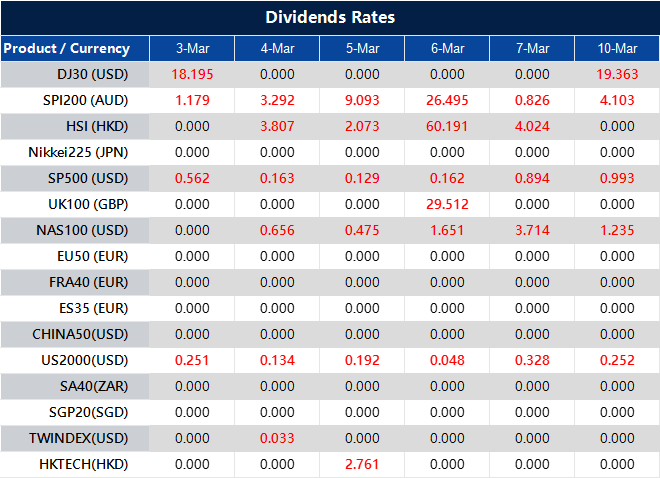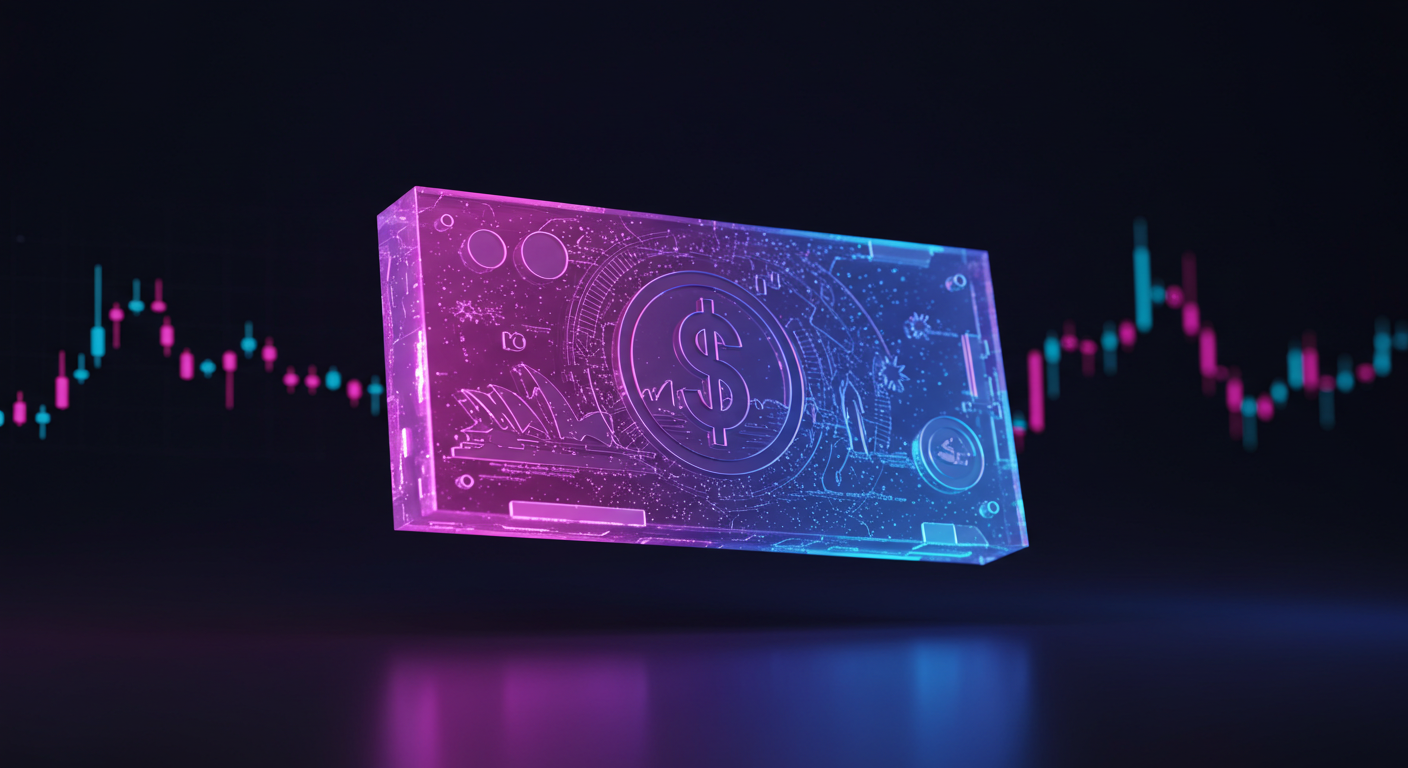In February 2025, the Caixin China Manufacturing PMI rose to 50.8, surpassing expectations of 50.3 and marking the highest level in three months. Manufacturing growth was supported by increased output and new orders, with export orders rebounding after a two-month downturn.
Workforce numbers decreased for the sixth consecutive month as companies focused on cost reduction, creating a backlog of work. Input costs experienced a slight rise, mainly due to increases in copper and chemical prices, while output prices fell for the third month, largely due to promotional discounts.
Supply chains regain momentum
Logistics improved following the Chinese New Year, as supplier delivery times and purchasing activities increased, though raw material inventories decreased. Businesses expressed optimism about future growth, but concerns regarding employment and household income continue to impact domestic demand.
The official PMIs for February also showed some improvement, with the manufacturing PMI at 50.2, slightly above the expected 50.0, and the services PMI at 50.4, compared to an expectation of 50.3.
Output and orders are moving up, and that is what matters most. February’s numbers reflect a rebound that is modest yet clear. Businesses are selling more, making more, and exporting more. For the first time in three months, the manufacturing sector has stepped back into an expansionary zone. The fact that export orders have swung back from decline suggests external demand is recovering. That is no small detail. Foreign buyers pulling back had weighed on the outlook, creating uncertainty over how long the soft patch would persist. Now, there is proof that orders are returning.
There is still an issue with employment. Companies are still trimming headcounts. The data shows that February was the sixth straight month where businesses reduced staffing levels. The reasoning behind it makes sense—cost control is a priority, and firms remain cautious. Still, fewer workers mean unfinished tasks are piling up. Backlogs usually hint at higher future output, but in this case, they also highlight how firms remain hesitant to expand too quickly.
Pricing pressures remain uneven
Price trends show a mixed picture. Input costs moved up, mostly because of rising commodity expenses. Copper and chemical prices pushed operating costs slightly higher, but on the other end, output prices dropped again. That tells us something important: businesses are still relying on lower prices to keep buyers engaged. Discounts are being used more often, suggesting weak enough demand that companies cannot raise prices with confidence. This disconnect—higher input costs but falling output prices—means margins could face some pressure.
Logistics are back on track. Chinese New Year disruptions are fading, and deliveries are improving. That is notable, as it means supplies are moving more freely again. Purchases by manufacturers have risen, but despite that, raw material inventories have slipped. That could reflect hesitation to hold too much stock or simply increased production eating into reserves. Either way, it reinforces the point that companies are expanding cautiously.
Official figures align with the broader takeaway. The government’s PMI numbers for both manufacturing and services were ahead of estimates. Not by much, but enough to confirm that the economy gained some traction in February. The services sector is still showing growth, which is encouraging, though only slightly better than expected. Taken together, these figures suggest that while activity has picked up, some underlying weaknesses remain.
Optimism among businesses is still there, but so are concerns. Sentiment suggests firms believe things will improve, but worries about jobs and household incomes are keeping domestic demand under pressure. If consumers remain hesitant to spend, that could slow momentum.
For those who focus on price movements, all of this provides useful direction. Input costs are rising, selling prices continue to soften, and demand—both domestic and foreign—remains in a fragile balance. Employment weakness persists, but production is expanding. With these factors at play, the next few weeks could bring more adjustments as businesses navigate these shifting pressures.
Create your live VT Markets account and start trading now.












